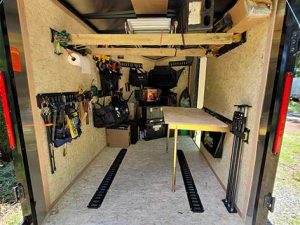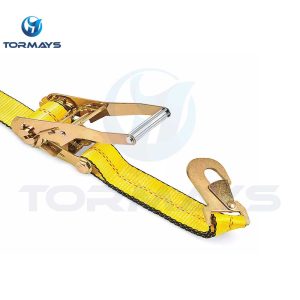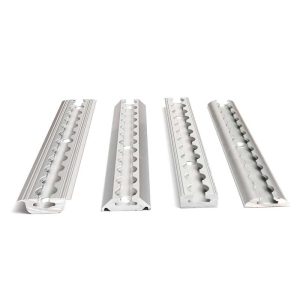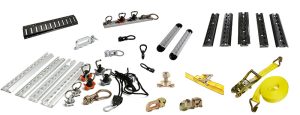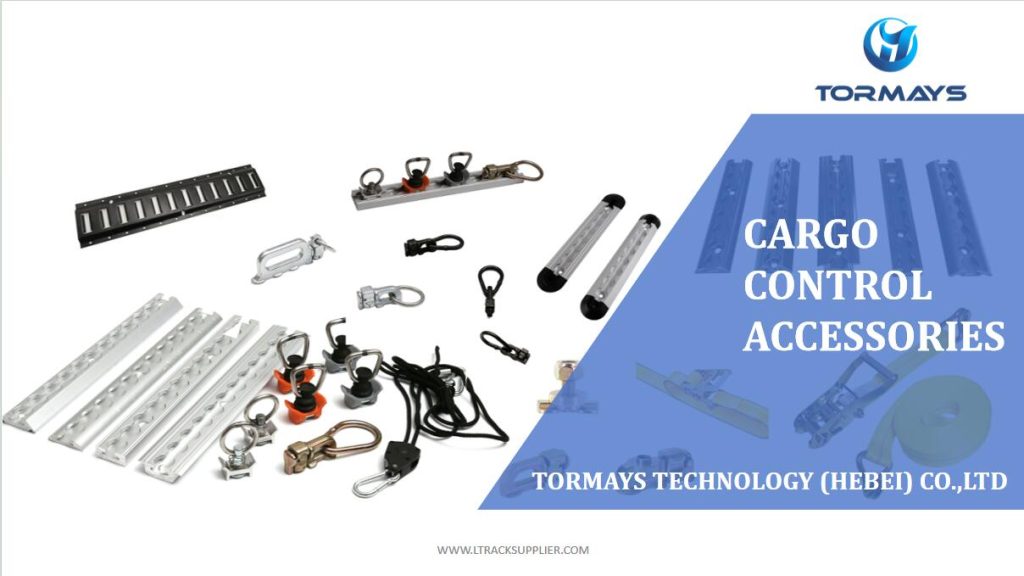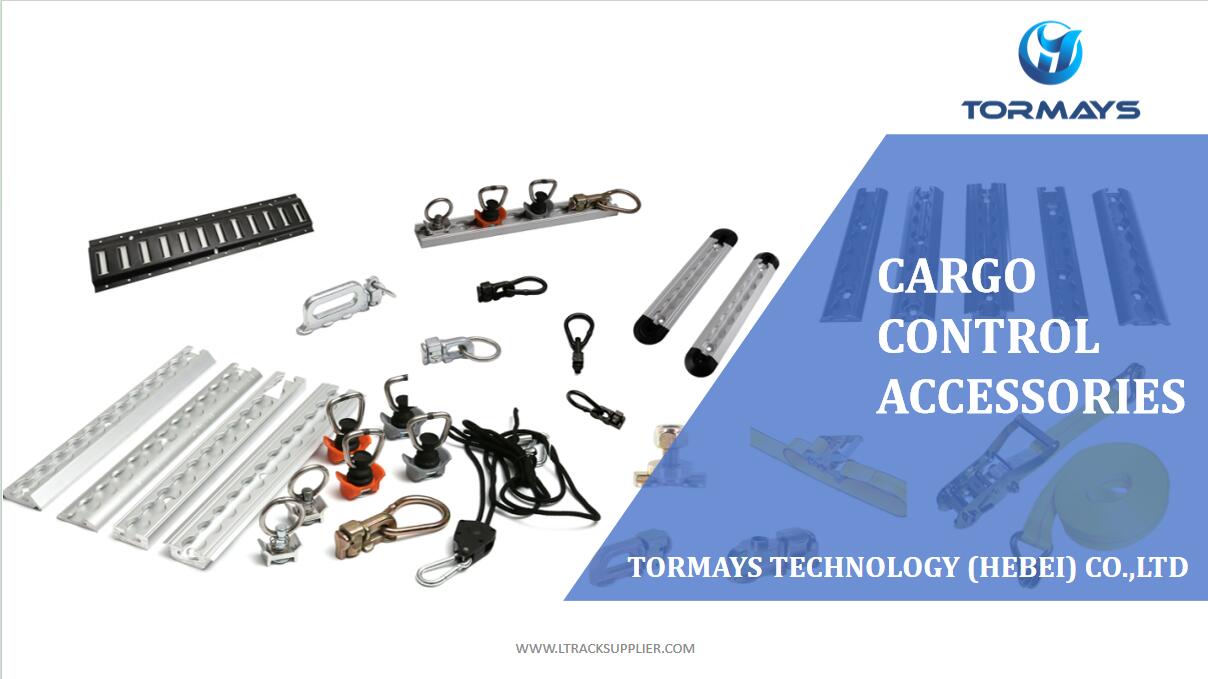Here are some commonly asked questions about L Track (also known as logistic track or airline track):
1. What is L Track?
L Track is a versatile tie-down system used for securing cargo in vehicles, trailers, and airplanes.
2. How does L Track work?
L Track works with fittings, hooks, and tie-down straps that click into the track, allowing cargo to be securely held in place.
3. What are the different types of L Track?
The main types of L Track are:
– Standard L Track
– Recessed L Track
– Surface-Mounted L Track
– Angled L Track
4. Where can I use L Track?
L Track is commonly used in trucks, vans, trailers, aircraft, and even garages for cargo control and organization.
5. What is the difference between L Track and E Track?
L Track is more compact and allows for tighter, customizable cargo control, while E Track offers a larger surface area and is ideal for heavier loads.
6. How much weight can L Track hold?
The load capacity depends on the track and fitting type but typically ranges between 1,000 to 4,000 lbs (450 to 1,800 kg).
7. What materials are L Tracks made from?
L Tracks are usually made of aluminum for lightweight durability or stainless steel for added strength and corrosion resistance.
8. Can I install L Track myself?
Yes, L Track can be installed using basic tools, but it must be secured properly to handle cargo weight safely.
9. What accessories are available for L Track?
Accessories include:
– Single stud fittings
– Double stud fittings
– Tie-down straps
– Hooks and rings
– End caps
10. Is L Track suitable for heavy-duty applications?
Yes, L Track is designed for both light and heavy-duty applications, depending on the type of track and fittings used.
These questions reflect what people often ask when exploring the use of L Track systems for cargo control and load securing.

